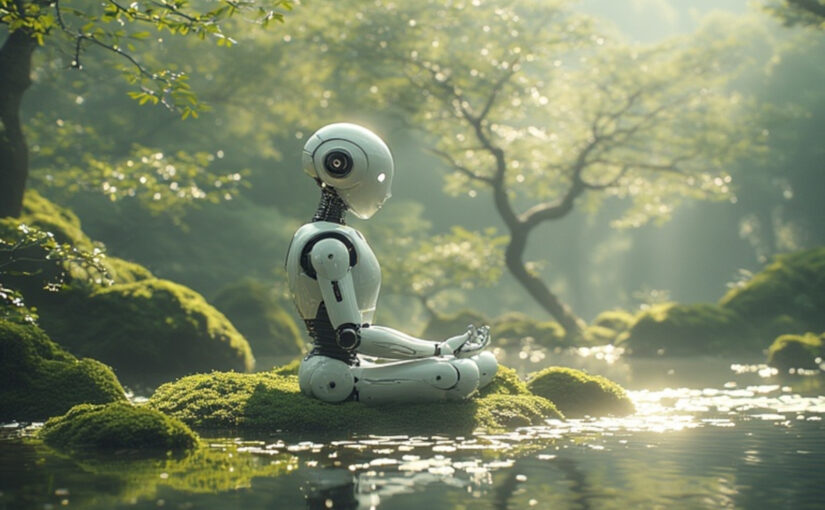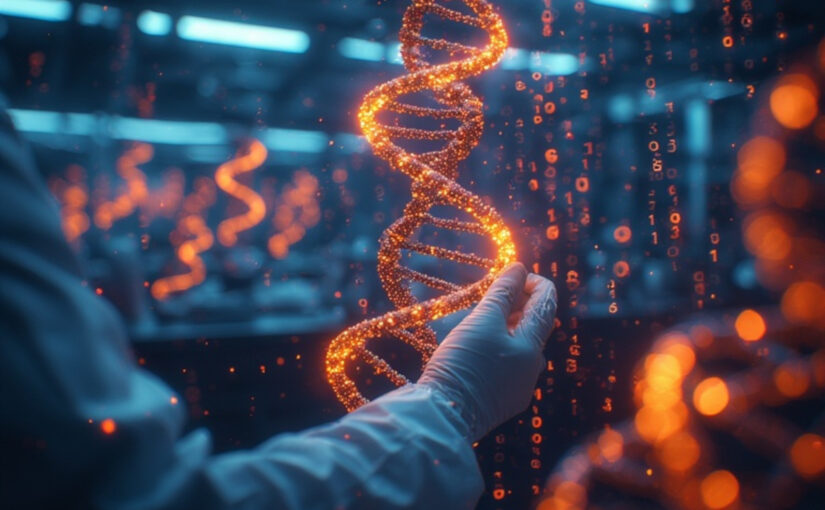A vinyl record stuck in an endless loop has the needle skipping over the same groove no matter how many times you lift it. Elon Musk’s narrative on Tesla’s Full Self-Driving (FSD) software follows a decade-long pattern of bold predictions that never quite reaches the crescendo. Since 2016, Musk has positioned FSD as the holy grail of autonomous driving, promising everything from coast-to-coast self-navigation to robotaxi empires. Yet, here we are in 2025, and Tesla’s vehicles still require human oversight for anything beyond basic highway assists. This is a tale of tech delays and a cautionary story about the perils of hype in AI-driven innovation, where overpromising can erode investor trust and invite regulatory backlash.
Continue reading Elon Musk: The Broken Record of Tesla’s Full Self-Driving PromisesMonth: October 2025
Navigating the Road Ahead: The Evolving World of Autonomous Vehicle Regulations
Autonomous vehicles promise to redefine how we move through the world, offering safer roads, reduced traffic congestion, and greater accessibility for all. Yet, as these self-driving cars edge closer to everyday use, the absence of unified rules could stall progress or invite chaos. Clear regulations are essential to balance innovation with public safety, foster market readiness, and build consumer trust in this transformative technology. Without them, the dream of a driverless future risks veering off course, leaving innovators uncertain and the public wary. This article explores the current regulatory landscape and peers into what lies ahead, drawing on global examples to illuminate the path forward.
Continue reading Navigating the Road Ahead: The Evolving World of Autonomous Vehicle RegulationsJapan’s Convenience Stores Go Robotic: The Filipino Workers Behind the Machines
Walk into any Japanese konbini at 3 a.m., and you’ll find shelves stocked with fresh onigiri, hot coffee brewing, and someone ready to help. But look closer at some stores, and that “someone” might be a sleek robot avatar controlled by a worker sitting thousands of miles away in Manila. This isn’t science fiction. It’s the new reality of Japanese convenience stores grappling with labor shortages in Japan through an unexpected fusion of robotics in retail and remote work.
Continue reading Japan’s Convenience Stores Go Robotic: The Filipino Workers Behind the MachinesThe Paradox of AI Productivity
Generative AI tools, heralded as liberators from mundane labor, have instead forged a subtle chain around our daily rhythms. OpenAI’s ChatGPT, launched in late 2022, arrived amid promises of streamlined workflows and reclaimed time, yet for many knowledge workers, it has amplified the very grind it was meant to alleviate. This irony, the AI productivity paradox, lies at the heart of a growing unease in professional spheres: technology that enhances output often extends the workday, capturing value for firms and consumers while workers toil longer for scant personal gain.
Continue reading The Paradox of AI ProductivityThe Investor Gold Rush in Personalized CRISPR Medicine
The CRISPR gene-editing field has ignited a surge of investor enthusiasm from 2023 to 2025, drawing billions into companies pioneering therapies tailored to individual patients’ genetic profiles. This rush stems from CRISPR’s transformation from a basic research tool, discovered in 2012, into a cornerstone of personalized medicine, enabling precise DNA modifications to treat previously intractable diseases. As the market surges past $13 billion in 2025, fueled by regulatory wins and clinical breakthroughs, investors eye a future where one-time gene fixes could redefine healthcare economics.
Continue reading The Investor Gold Rush in Personalized CRISPR MedicineFrom Inbox Chaos to Smart Support: How Small Teams Win with Generative AI
Small companies are joining the generative AI movement because it is finally affordable, accessible, and quick to deploy, turning support from a cost sink into a growth lever for lean teams. Surveys of small and medium businesses show rapid adoption, with most SMBs experimenting with or using AI and reporting efficiency and margin improvements, which makes customer interactions a natural first beachhead. In service contexts, AI reduces manual effort and speeds up resolution by drafting messages, classifying issues, and surfacing relevant knowledge in real time. Across recent data, a majority of SMBs using AI report measurable benefits like faster case handling and higher revenue, while many are planning further investment over the next year. For support leaders, the takeaway is simple: modern AI can raise response quality, scale with demand, and personalize experiences without increasing headcount.
Continue reading From Inbox Chaos to Smart Support: How Small Teams Win with Generative AIRevolutionizing Help Desks: Generative AI’s Real-World Wins in Customer Support
Generative AI has surged into business ecosystems, powering innovations across industries since its mainstream breakthrough in 2023. Companies now leverage this technology to automate creative tasks, analyze vast datasets, and generate human-like responses at scale. In customer support, this adoption marks a pivotal shift, transforming routine inquiries into opportunities for deeper engagement. Traditional support often struggles with high volumes and inconsistent quality, but generative AI addresses these by creating dynamic, context-rich interactions.
Customer support stands out as one of the most transformative use cases because it directly impacts revenue and loyalty. With global customer service spending projected to exceed $400 billion by 2025, businesses seek tools that reduce costs while elevating experiences. Generative AI excels here by synthesizing information from diverse sources, predicting needs, and personalizing responses in real time. This article explores how companies deploy generative AI to enhance support, drawing on real-world examples to illustrate improvements in response quality, scalability, and personalization. Ultimately, it positions AI not as a replacement for humans, but as a catalyst for more empathetic and efficient service.
Continue reading Revolutionizing Help Desks: Generative AI’s Real-World Wins in Customer SupportSF Neighborhood’s Robot Roadblock: Residents Fight Back Against Wayward Self-Driving Swarm
Sunlight filters through the eucalyptus trees lining Oakwood Street, a narrow lane in San Francisco’s Noe Valley neighborhood where families once strolled with dogs and kids on scooters. Now, the air hums with the whir of electric motors as a procession of self-driving vehicles idles bumper to bumper, their sensors blinking like confused eyes. Residents peer from windows, hands on hips, while one woman waves her arms futilely at a Waymo van that edges forward then stops again. The once-peaceful block has turned into a gridlocked puzzle, with autonomous cars circling endlessly and blocking driveways for hours.
Continue reading SF Neighborhood’s Robot Roadblock: Residents Fight Back Against Wayward Self-Driving SwarmCRISPR Finally Reaches the Mitochondria: A Revolution in Gene Editing
In the cell, a bustling city hums with activity, the nucleus standing as the central library stocked with blueprints dictating eye color, immune responses, and countless other traits. Within the factories powering every operation, mitochondria labor ceaselessly as the core energy generators, converting fuel into adenosine triphosphate, or ATP, the universal currency that sustains cellular functions from muscle contractions to neural signals. These bean-shaped structures, each encased in a double membrane, harbor their own compact genetic archive: a circular loop of mitochondrial DNA, or mtDNA, that encodes 13 vital proteins for ATP production, alongside hundreds more imported from the nucleus. For more than a decade, the groundbreaking gene-editing system CRISPR-Cas9 has reshaped the nuclear library, snipping and replacing faulty genes to combat diseases like sickle cell anemia. Yet these power plants stayed sealed off, their mtDNA impervious to CRISPR’s reach. The culprit lies in CRISPR’s dependence on guide RNAs, delicate strands that bounce harmlessly against the impermeable inner mitochondrial membrane, unable to cross and direct the Cas9 enzyme’s precise cuts. This impenetrable barrier has long shielded mtDNA from editing, leaving scientists grappling with genetic errors that cripple energy supply and doom cells to dysfunction.
Continue reading CRISPR Finally Reaches the Mitochondria: A Revolution in Gene EditingCalifornia’s AI Reckoning: Newsom’s Choices and Silicon Valley’s Grip
California, the epicenter of tech innovation and home to over 40 million people, often sets the tone for national policy. Its 2025 legislative session on artificial intelligence (AI) promised to address the technology’s rapid encroachment into daily life, from workplaces to children’s screens. Yet Governor Gavin Newsom’s decisions on these bills have drawn sharp criticism for favoring industry interests over public safeguards. In a series of vetoes and signings, Newsom vetoed two bills aimed at protecting workers and minors while enacting others that critics call performative at best. This outcome underscores a troubling reality: Silicon Valley’s lobbying muscle is reshaping democracy, eroding trust in institutions, and prioritizing unchecked innovation over accountability.
Continue reading California’s AI Reckoning: Newsom’s Choices and Silicon Valley’s Grip



